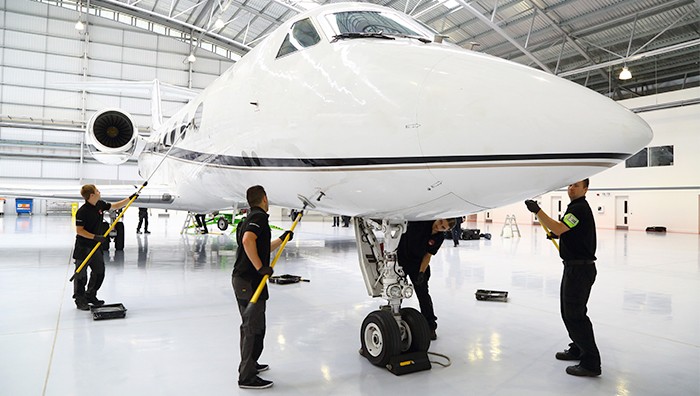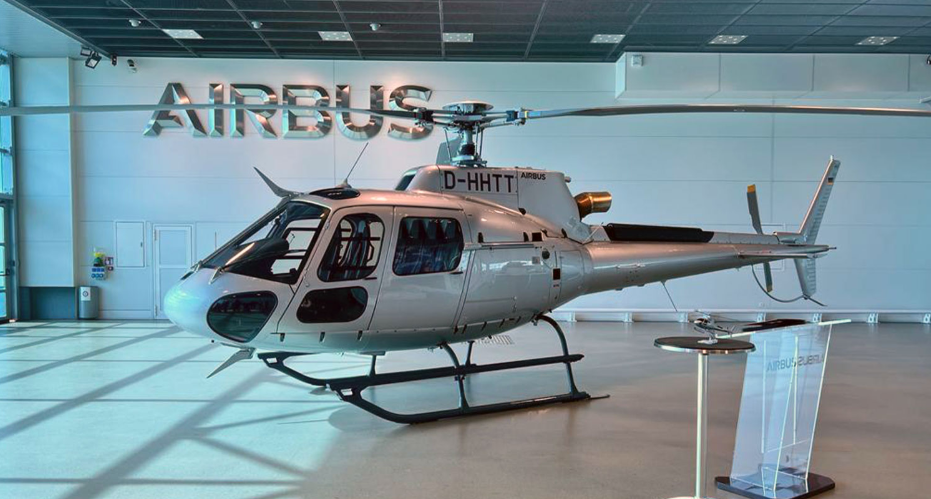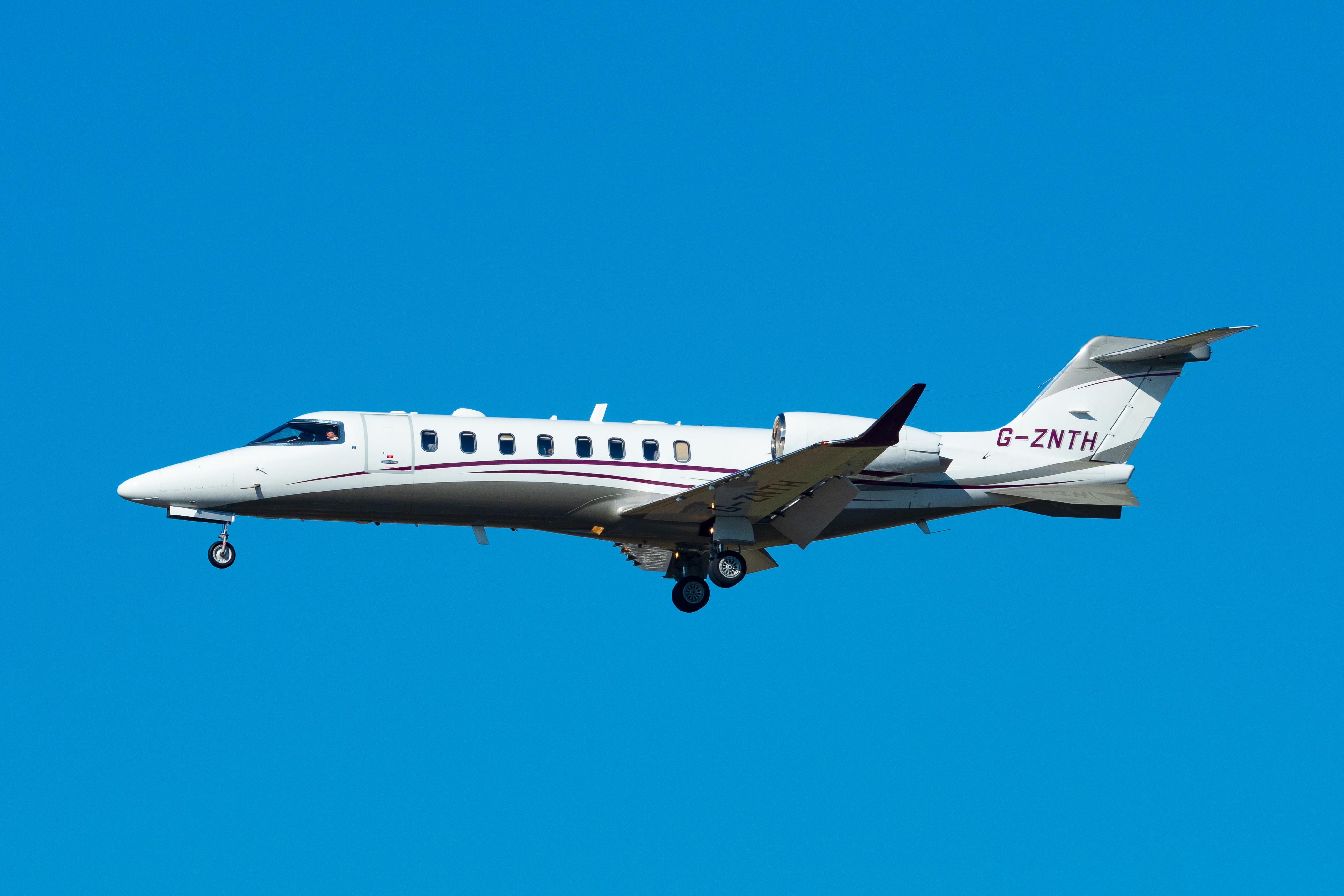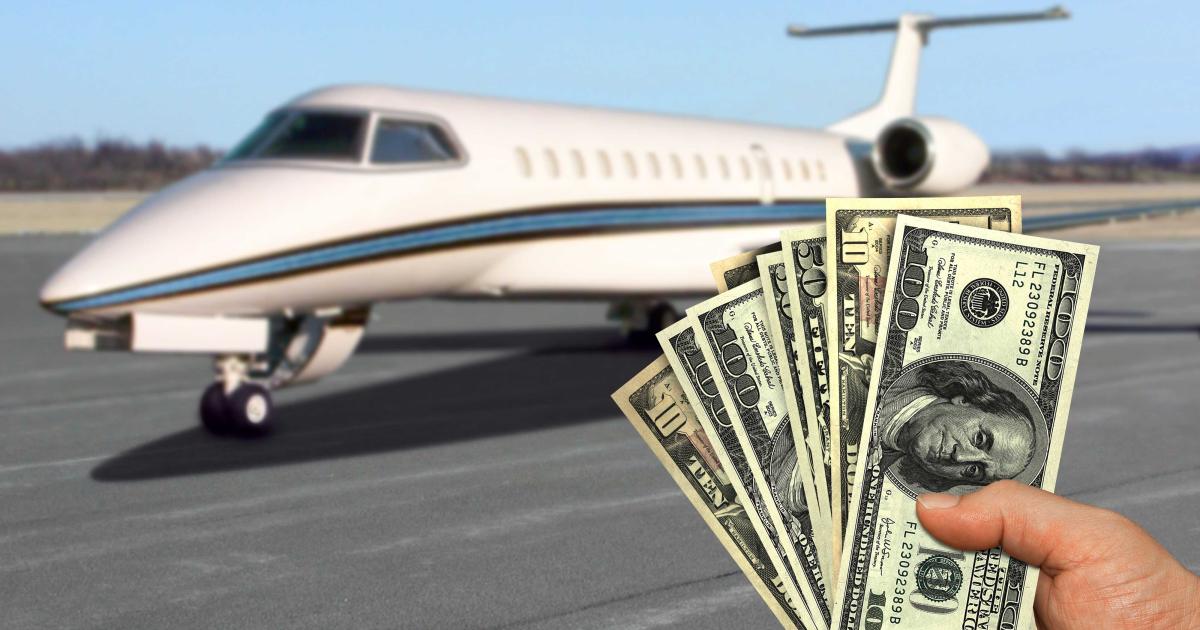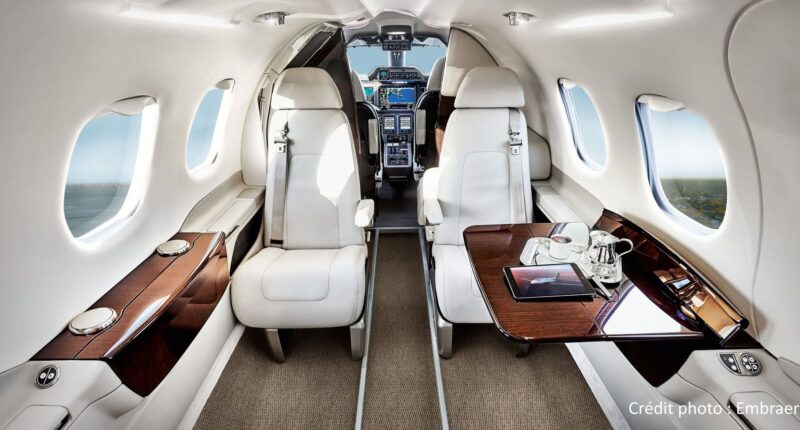What Are The Ownership & Operating Costs Of A Helicopter?
8 min read

One of the coolest things about helicopters is that they can take off and land straight up, right where you need them. No runway needed!
However, before you reach into your pocket and use some of that savings to make the helicopter into a dream, it's important to know just how much these incredible machines actually cost.
You’ll prepare the price to maintenance, storage, fuel, and more, owning a chopper requires serious budget planning.
Keep reading for the complete breakdown on helicopter costs!
Helicopter Purchase Prices
Without a doubt, the biggest single influence on what you will pay to own a helicopter is this initial purchase price itself. New or used, light pistol or heavy turbine, costs can vary widely - hundreds of thousands to millions.
Here are some of the typical price ranges you can expect:
- Light piston helicopter - $200,000 to $500,000
- Light Turbine Helicopter - $700,000 to $1.5 million
- Twice the rotor dishes on twin-engine medium helicopter - $1 million to $3 million
- Light twin-turbine helicopter - $1 million to $3 million
- Large dual-turbine helicopter - ranges 3m to $30 million+
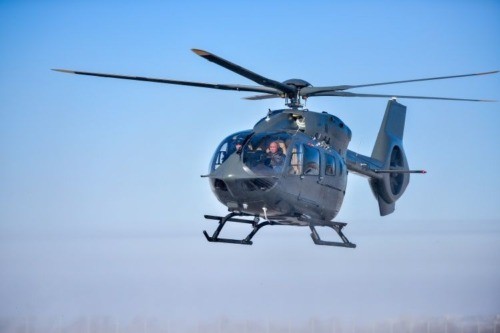
Certainly, unless you're rolling in earning capital like Warren Buffet, you most likely won't be paying the entire purchase price in one go.
Fortunately though, the average helicopter buyer typically deposits between 10% to 30% over therein for whatever exchange is being settled.
You then enroll the remaining purchase price, which you spend off in installments for 5-10 years.
Over the long haul that financing time span does add interest expenses to your helicopter facility, so be certain precisely compute the aggregate sum you'll pay by the time you claim your helicopter free and clear. Avoid being hit with costly finance charges later!
As for what drives the purchase price, a few main factors are in play:
Size Matters The model of helicopter, and its ultimate physical dimensions, including passenger capacity, are one gigantic contributor to cost. The saying that good things come in small packages does NOT apply to choppers; the bigger the model, the bigger your wallet will have to be.
Heavy twin turbine helicopters can accommodate 12+ people and cost upwards of $12 million (plus) such as the n08e Sikorsky S-76. That's some serious cash!
At the other end of the scale, light helicopters such as the very popular Robinson R44 Raven only carry 3-4 passengers max., and can be had for less than a million dollars.
Incredible really that larger helicopters capable of lifting more weight require larger engines and beefier drive systems to take the load.
Well, sized up and seated also means you pay more upfront as well as more to run the thing. Price paid for the helicopter will depend on many aspects, such as the total pounds that are being carried.
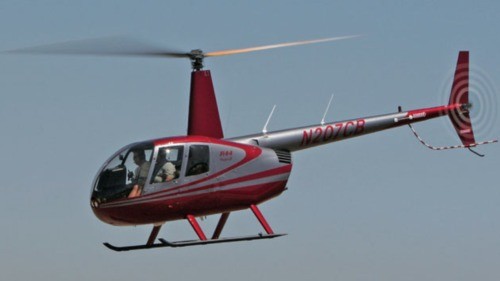
New Kid on the Block or Wise Old Owl? Another consideration that impacts price is how fresh (or not) a particular helicopter is. You could save 30 to 50% (sometimes more!) by choosing an used helicopter over a shiny new, out of the factory box.
The tradeoff is that higher hours and aged models are likely to have more expensive maintenance triggers and repairs down the line. You don't want to purchase the proverbial rusted out shit-can with 100K on the clock that has a threadbare tread!
Look for nicely kept aircraft with average hours and time left on major components such as the engines, rotors and drive train. Flee, do not walk away from older models that are nearing major change cycles. The initial outlay is, yes lower, but astronomical mechanics bills can quickly gobble up any savings.
Therein lies the sweet-spot - a helicopter with some decent hours, but still lots of life in critical systems ahead of replacement. If making use of utilized, the comprehensive age and also flight hours from the airliner require painstaking evaluation.
Piston Power or Turbine Torque? Piston or turbine - it also affects purchase costs and operating expenses. Turbines are extremely expensive to purchase at first but will save a ton of money down the line in maintenance and fuel costs.
Used Piston engine helicopters are normally less expensive to buy, however the reciprocating power plant is going to be more expensive than any gyroplane you own subject-to your average annual costs and consistency of consumption of avgas over the years.
Over the years, for the frequent fliers racking up 100+ hours aloft each year, that extra expenditure on a turbine probably pays for itself. Piston birds may suffice for the occasional-but-recreational VFR pilot. Consider your planned mission profile and budget to see if you are a piston or turbine customer.
Custom Luxury Features
Interior decorations, paint job, avionics and other options can add sky-high costs at outfitting times so beware of going crazy on upgrades.
Then you add fancy leather seats and mirrored ceilings and high-end sound systems and that sort of thing, ballooning the price by another hundred grand or more. If you want to put some colors and designs on your chopper, custom paint jobs is a method, but based upon the colour that you want and the design for your motorcycle there are tens of thousands of dollars.
Though the temptation of putting your helicopter to taste is great, consider just how much bling do you really require. Each of those upgrades comes at a serious extra price, although. Don't go all fried-snorkel-looped deep into upgrades unless you have bills to burn. The bigger savings come with keeping the finishes functional instead of palatial.
Ongoing Costs of Ownership
Alright, so you searched and calculated the numbers and you finally discovered your ideal helicopter and bought it. Congrats, well done! But...the expenditures have only just begun. You must now allot sufficient funds each year for the various ongoing ownership expenses, otherwise known these days as fixed and variable costs. Let's break them down:
Fixed Costs These are the annual costs of ownership that do not vary whether you fly 1 hour or 100 hours. Fixed costs include:
- Hangar Rental - $20,000 to $60,000+ per year depending on your airport.
- Insurance: $10,000 to $100,000 a year depending on location, pilot experience and the value of the hull.
- Ongoing Maintenance - $20,000+ for scheduled items such as yearly inspections and oil changes
- Pilot Salaries - in excess of $50,000 for each commercial pilot you employ (base pay, benefits, bonuses etc.
- Loan Payments - If you finance your chopper, be prepared for payments of $100k+ every year you're paying it off

As you may have seen, the recurring fixed costs of operating a helicopter can be quite hefty - about classes unique to each type.
Even if your helicopter never flies (helicopter fly-around), $100,000+ a year easily. Next, take a look at Variable Costs
Variable Costs These are not fixed expenses - they depend directly on the number of times you fly your helicopter:
Fuel Costs - $200 to $500+ per helicopter hour, depending on model and fuel consumed Unscheduled Maintenance - $500 to $1,000 per flight hour for occasional repairs and issues Landing Fees - $25 to $200 each time you takeoff or land at an airport or helipad With significant use over 100 flight hours per year, the variable costs alone can exceed $100,000 annually.
Tack on all the annual fixed expenses, and your total operating budget for helicopter ownership easily climbs to $300,000 and beyond.
Key Factors That Impact Helicopter Operating Costs
There are a variety of factors that influence how much it will cost to fly your helicopter on an hourly basis:
Type and Age On average, an older piston engine helicopter will pay several hundred dollars more in costs associated with fuel burn and maintenance events per flight hour when compared to a late model turbine helicopter that is built with newer components.
Total Flight Hours In fact, the sooner your overall operating costs will accrue, the more hours you actually fly each year. Budget realistically for what you are going to use in a year. Still, high fixed costs plague even infrequent fliers.
Pilot Experience Less Experienced Pilots Raise Insurance Rates Due to Perceived Greater Risk. And even worse, the actual risks of crashes is greater when low time pilots are flying leading to rapid cost increases as accidents occur. Look for experienced, top-rated pilots to manage costs and safety hazards.
Operating Region Costs also depend on where your helicopter operates mainly and is based. Metro airports have a higher maintenance, hangar rental and insurance rates than smaller tied fields at a rural or mountain airport. So set your chopper up to those parameters.
Helicopter Charter Rental Rates
For people who cannot buy, operators offer the option of chartering helicopters. Average hourly rates are:
- The Robinson R44 - $450 to $700 an hour
- Bell 206 JetRanger - $650 to $1,000 per hour
- Eurocopter EC130 - $1,000 to $1,500/hour
- Sikorsky S-76 - $3,000 - $5,000+ per hour
Helicopter charter pricing depends on the model, operator and even more specifics like location and amenities so stay tuned. Discounted hourly rentals are typically offered for longer rental periods.
Take a look at your mission profile. For longer hauls, there are heavy twins but pistons do exist for short hops.
Look for operators that have a modern fleet, maintained to the highest standards and suitable to your requirement
How to Make Helicopter Ownership Feasible on a Budget
Okay, so after looking through all this you still want a private helicopter sitting in your hangar - cost be damned! Long before jumping in, here are some clever tips to make ownership a little less hard on the wallet:
- Purchasing a pre-owned one saves you tons on the initial purchase price of the aircraft itself.
- Choose turbine engine model to provide far less maintenance and greater fuel efficiency
- Then, estimate the chopper that you need in order to use it as much as possible and gain the most value from it.
- Giving thought to membership of an aviation club, in order to share hangar and operational costs with other people.
- Aggressively shop insurance providers to secure multi-policy and safety training discounts
- Choose a central base airport that brings you near most of your local destinations to save on expensive repositioning flights
- Spending on quality pilot/maintenance training: This can minimize incidents and repair costs
- Use tax deductions such as accelerated depreciation to recover some expenses
Hope this helps!

